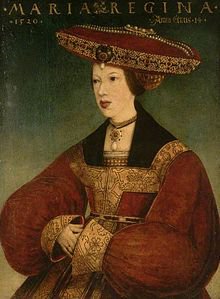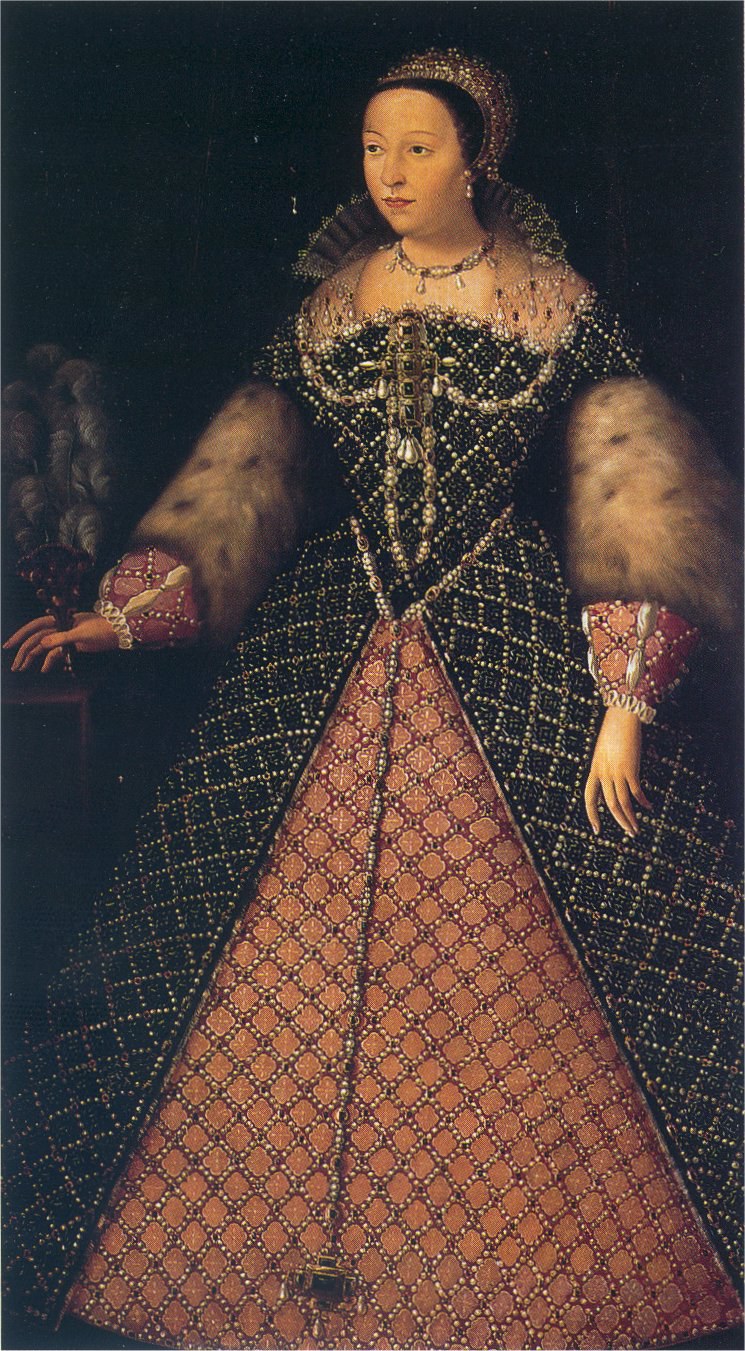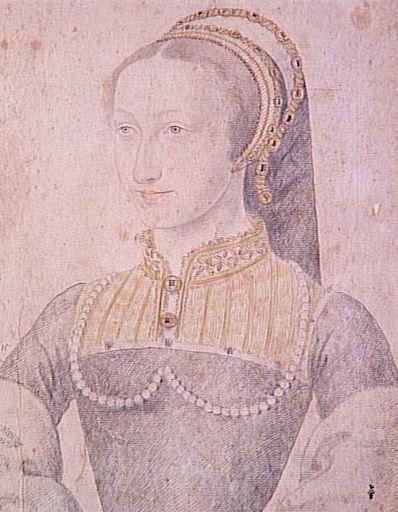Game of Queens
Chapter 3 : Retreat
By the time Katherine of Aragon died, and Anne Boleyn knelt in the straw for the executioner’s sword, most of the women who had mentored them were themselves dead. Isabella, Margaret, Louise. Though Marguerite of Navarre lived until 1549, her influence too was passing away. But if earlier generations had gone, their daughters - literal or metaphorical - would take up the story.
One of them was in place already. In 1531 Margaret of Austria had been succeeded by as Regent of the Netherlands by her own niece, and one she had raised - Mary ‘of Hungary’. A sister of Charles V, Mary had been married off young to the Hungarian king but when (like so many of these women) she was widowed early, she had returned to her native country.

She found her task a wearing one - the more so for the religious differences which increasingly coloured the politics of the Netherlands. But Mary of Hungary held out for almost a quarter of a century before, in 1555, resigning her post. ‘It is impossible for a woman in peacetime, and even more in time of war, to do her duty as Regent towards God, her sovereign, and her own sense of honour . . a woman is never so much respected and feared as a man, whatever her position’, she wrote.
‘If one is conducting the government of these countries in time of war, and one cannot in person enter the battle, one is faced with an insoluble problem. One receives all the blows and is blamed for all mistakes made by others …’
Mary was nonetheless succeeded by her own niece, Margaret of Parma, Charles V’s illegitimate daughter. And by that time there were once more other powerful women on the scene.
Mary of Hungary had kept a protective eye on her cousin Mary Tudor, Katherine of Aragon’s daughter. During the reign of Edward VI, when Mary Tudor’s Catholicism saw her increasingly in jeopardy, Mary of Hungary had ships waiting off the Essex coast, lest it should be necessary to snatch her away. But when Edward VI died, in 1553 Mary Tudor herself won the throne of England with a bold action worthy of both her doughty mother and her warrior grandmother, Isabella. And after Mary became queen it was Mary’s Protestant half-sister Elizabeth who was now the one in jeopardy.
Of course it too simple to see the next decades as a struggle between Catholic Mary Tudor and Protestant Elizabeth - or, subsequently, between Protestant Elizabeth and Catholic Mary, Queen of Scots. But all the same, Europe was coming to be divided along religious lines, and the divisions made harder any sense of an international female community. It seems telling that while even Anne Boleyn - never mind Katherine of Aragon - had had the benefit of a European education, their daughters would be confined to their own country.

Religion was obviously the issue which in France divided Jeanne d’Albret and Catherine de Medici. Jeanne - daughter to Marguerite of Navarre - inherited her father’s kingdom of Navarre in 1555. Five years later, she publicly converted to the Reformed religion. By that time Catherine de Medici too was beginning to stretch her wings. Long sidelined as wife to French King Henri II, his death in 1559 began the series of events which made her mother to the next three French kings.
Catherine’s personal leaning was towards a pragmatic moderation in religion. She once shielded the Huguenot Jeanne from the wrath of the papacy. But the French Wars of Religion proved tolerance an impossibility. When Catherine and Jeanne d’Albret came together in the summer of 1572, they were negotiating a marriage - Catherine’s daughter to Jeanne’s son - which was supposed to ease tensions. Instead the celebrations proved the trigger for the Massacre of St Bartholomew’s Day. Was it that day brought an end to this Age of Queens? Or did that come fifteen years later, when, on her cousin Elizabeth’s orders, Mary Stuart died at Fotheringhay?

But a tradition of female rule as strong as that seen in the sixteenth century cannot ever really go away. In England, after Mary and Elizabeth Tudor, no-one could say any longer that a female ruler was an impossibility. And now - as England and Scotland have once more women at the helm; and as, in America a woman contests the world’s most powerful office - many of the battles these earlier women fought are still relevant.
Almost thirty years ago Antonia Fraser, in her groundbreaking book Boadicea’s Chariot, identified several tropes of female leadership and traced them from Celtic mythology and the Roman Empire to the female leaders of her own day. The women who ruled sixteenth century Europe fit her patterns almost precisely - but so too do those of today. We are seeing around the world, this very year, a huge upsurge of women in authority. That is surely, in part, these earlier queens’ legacy.








